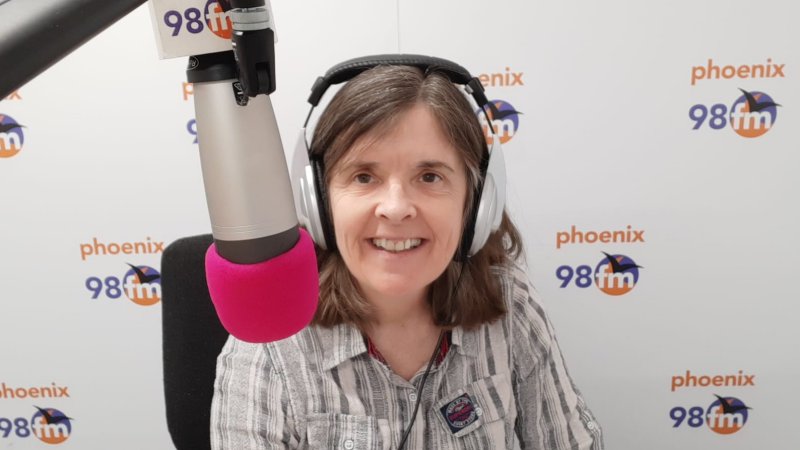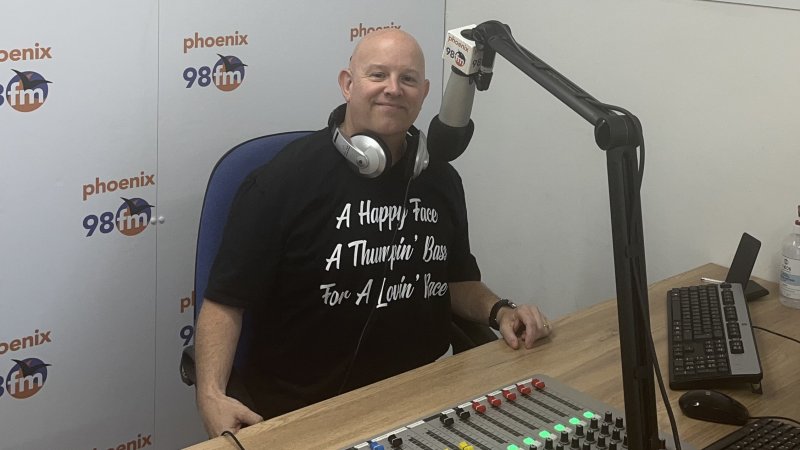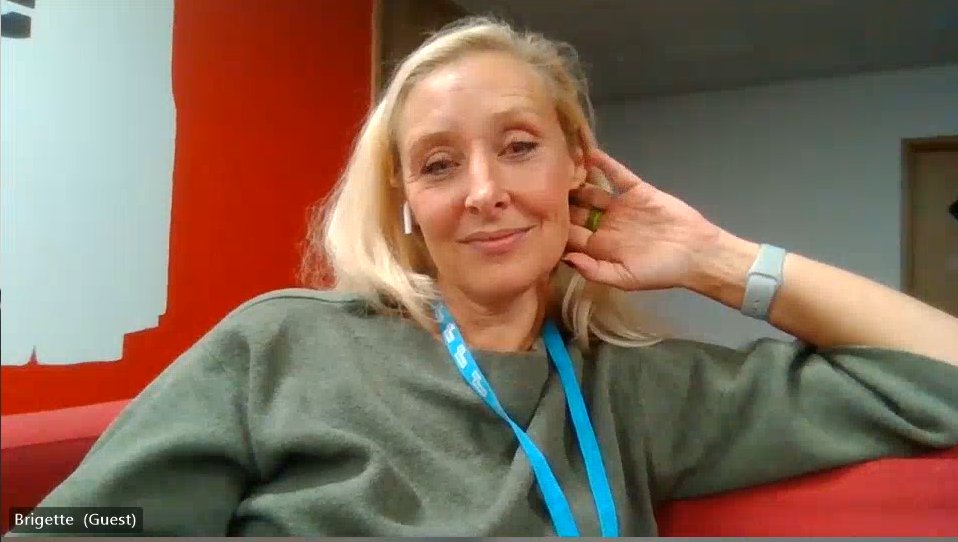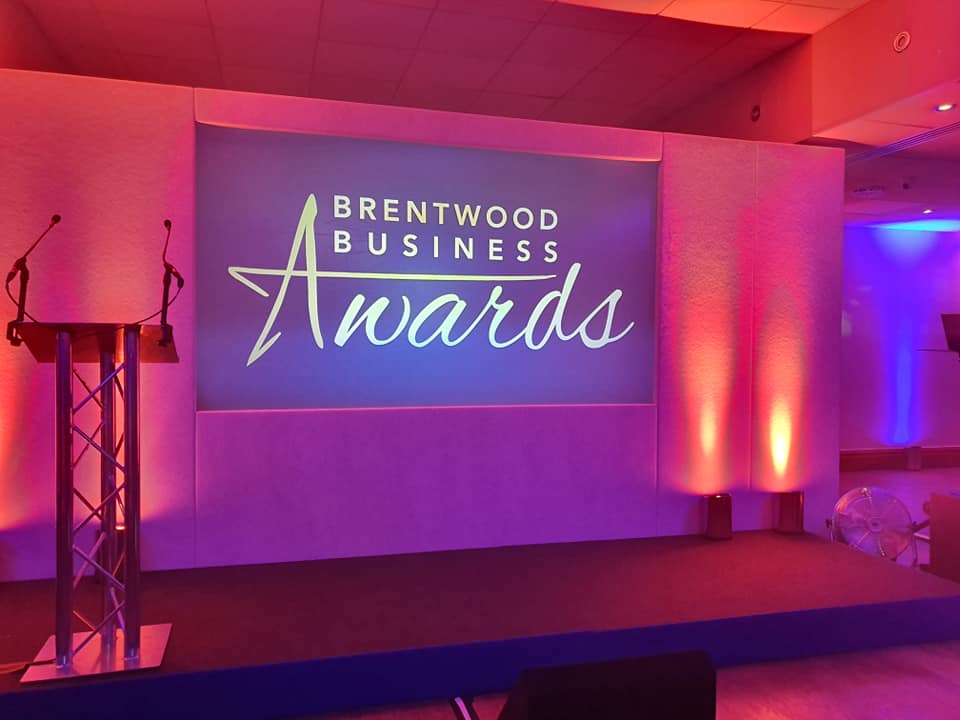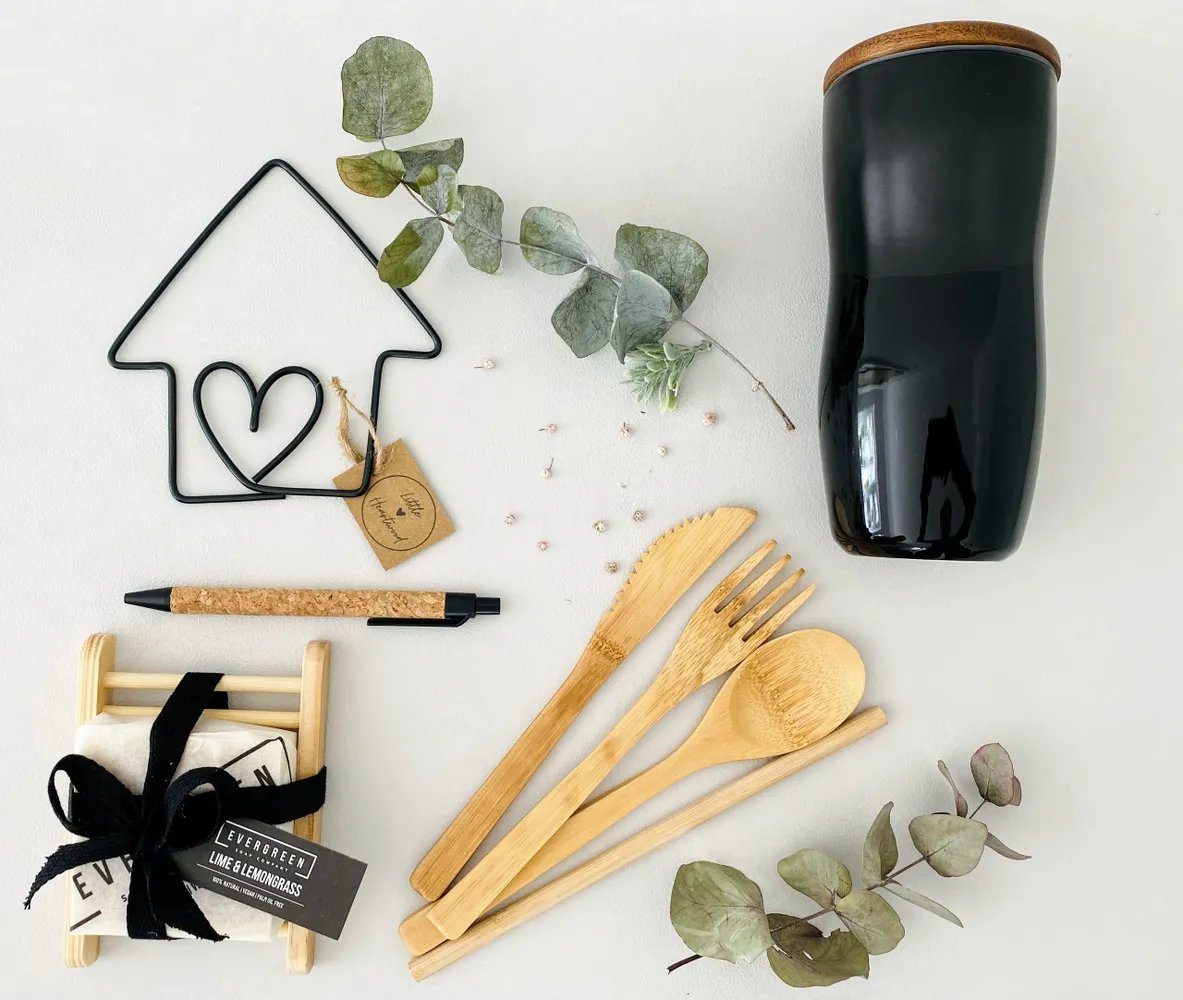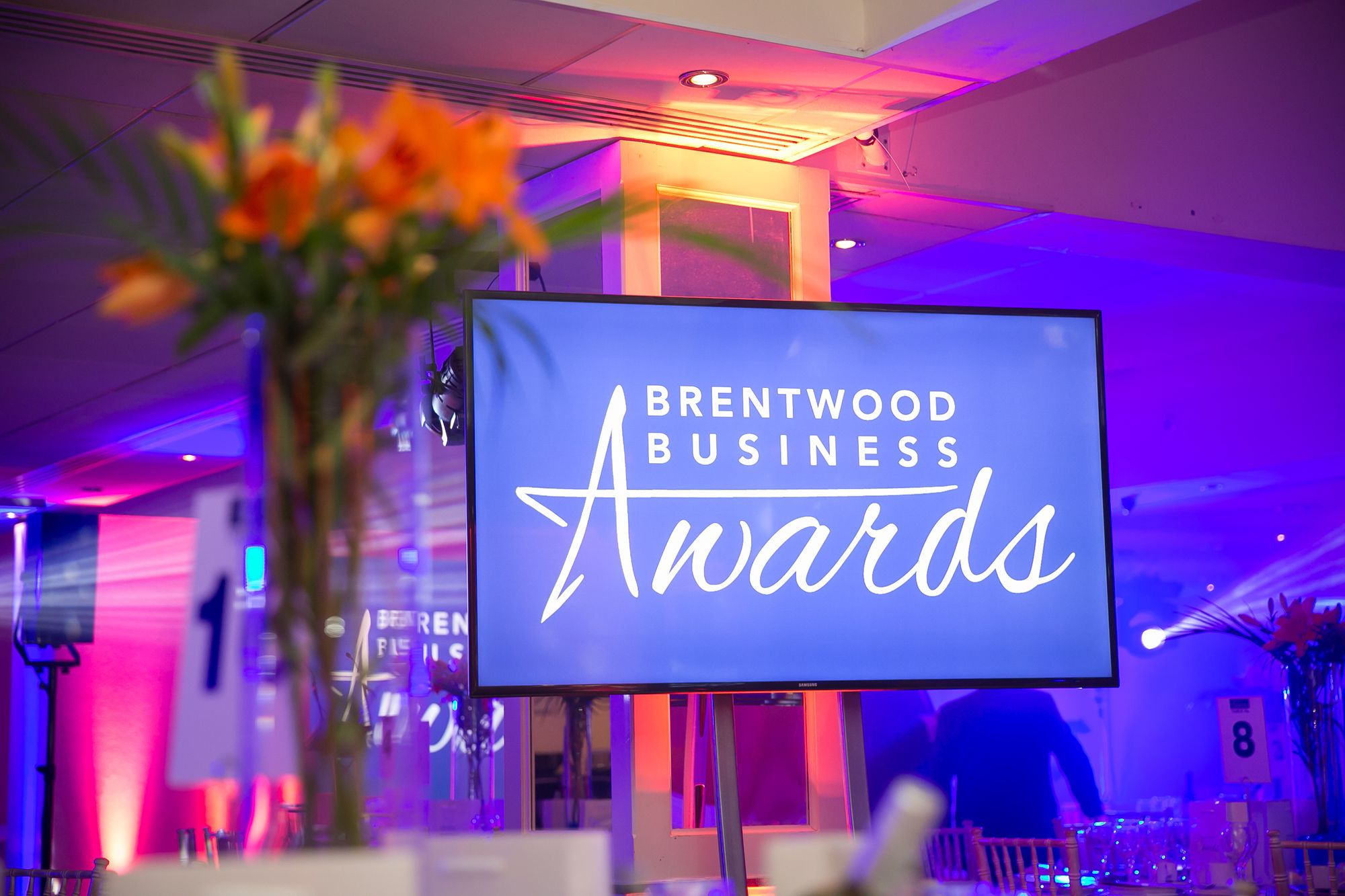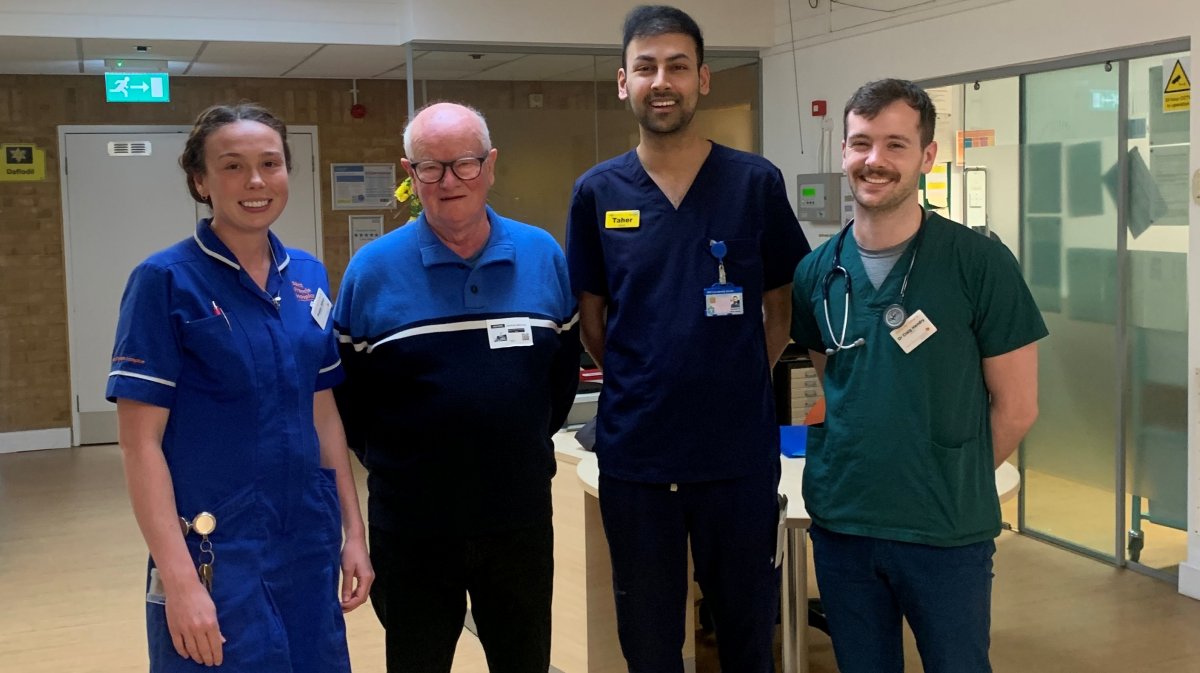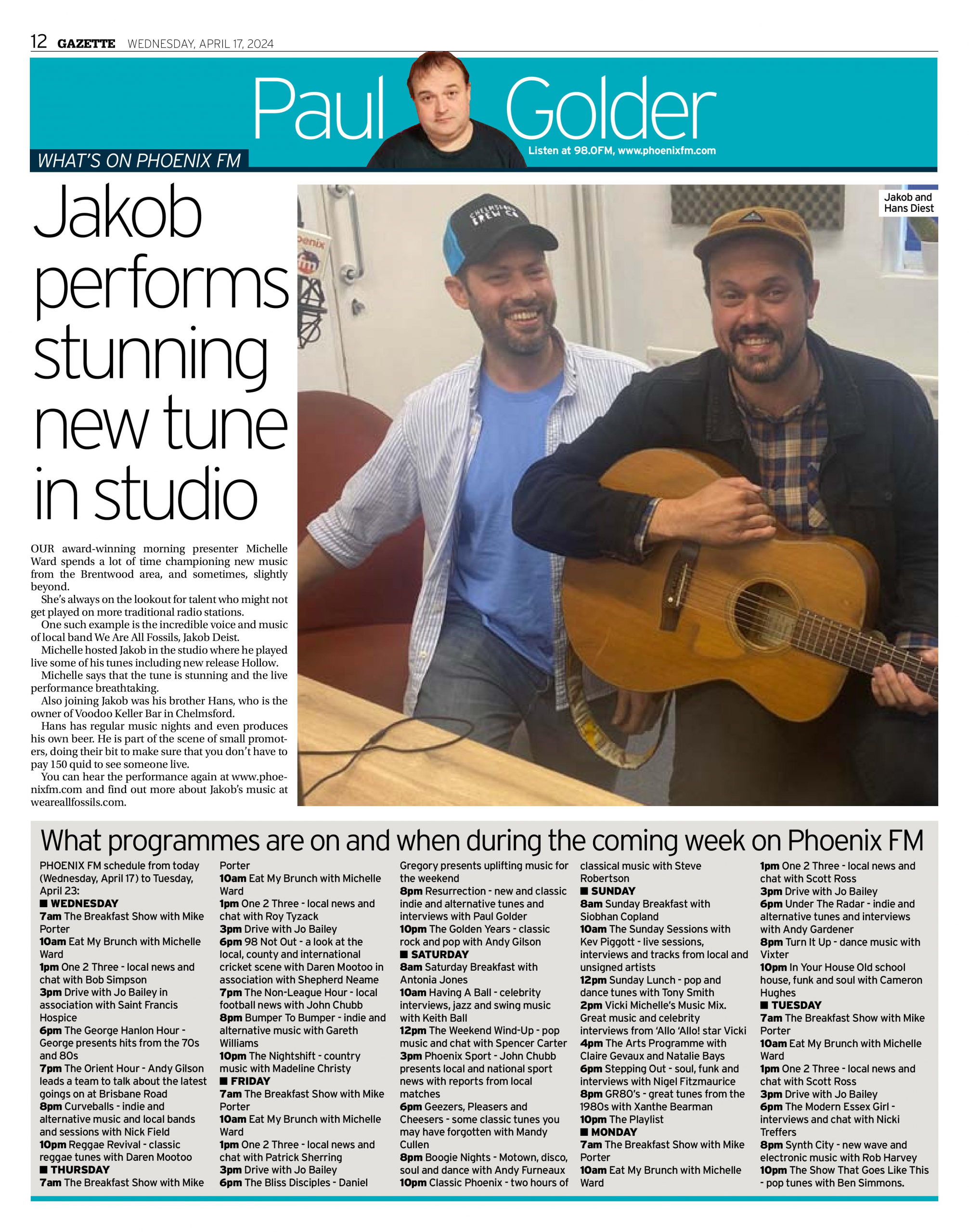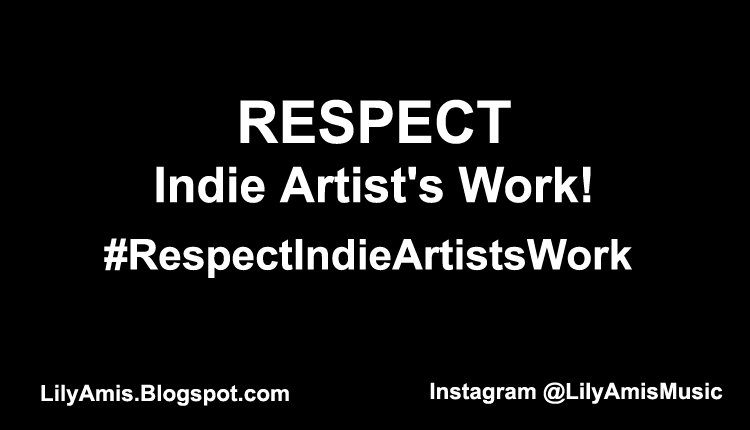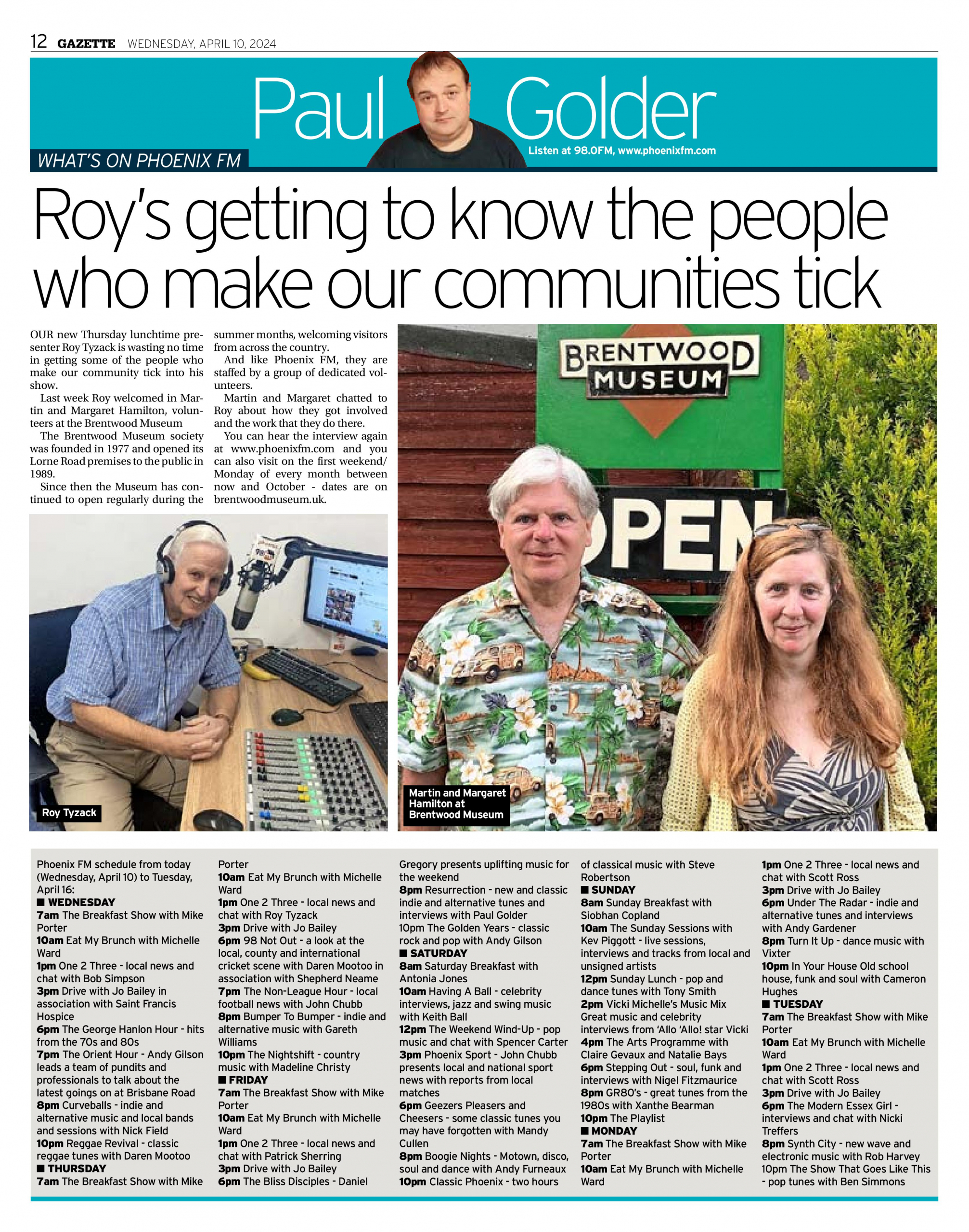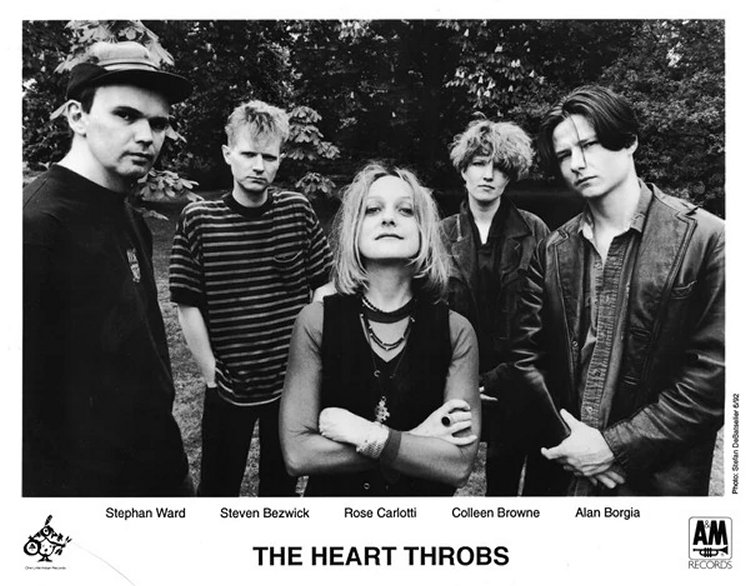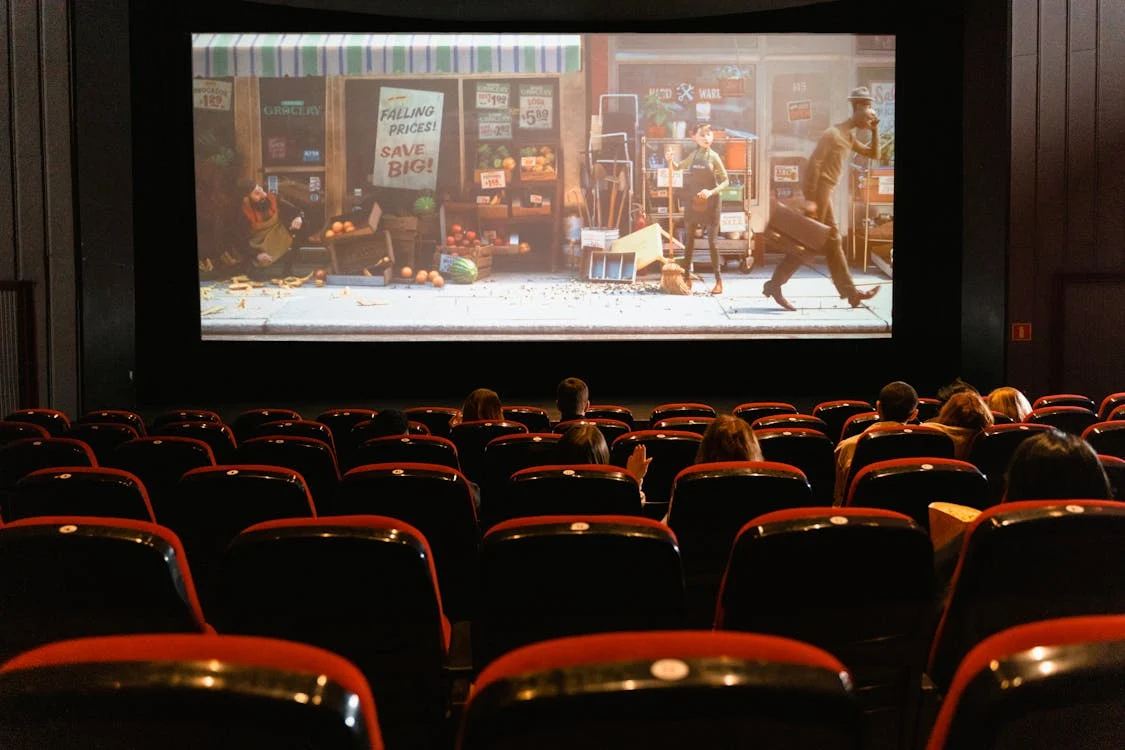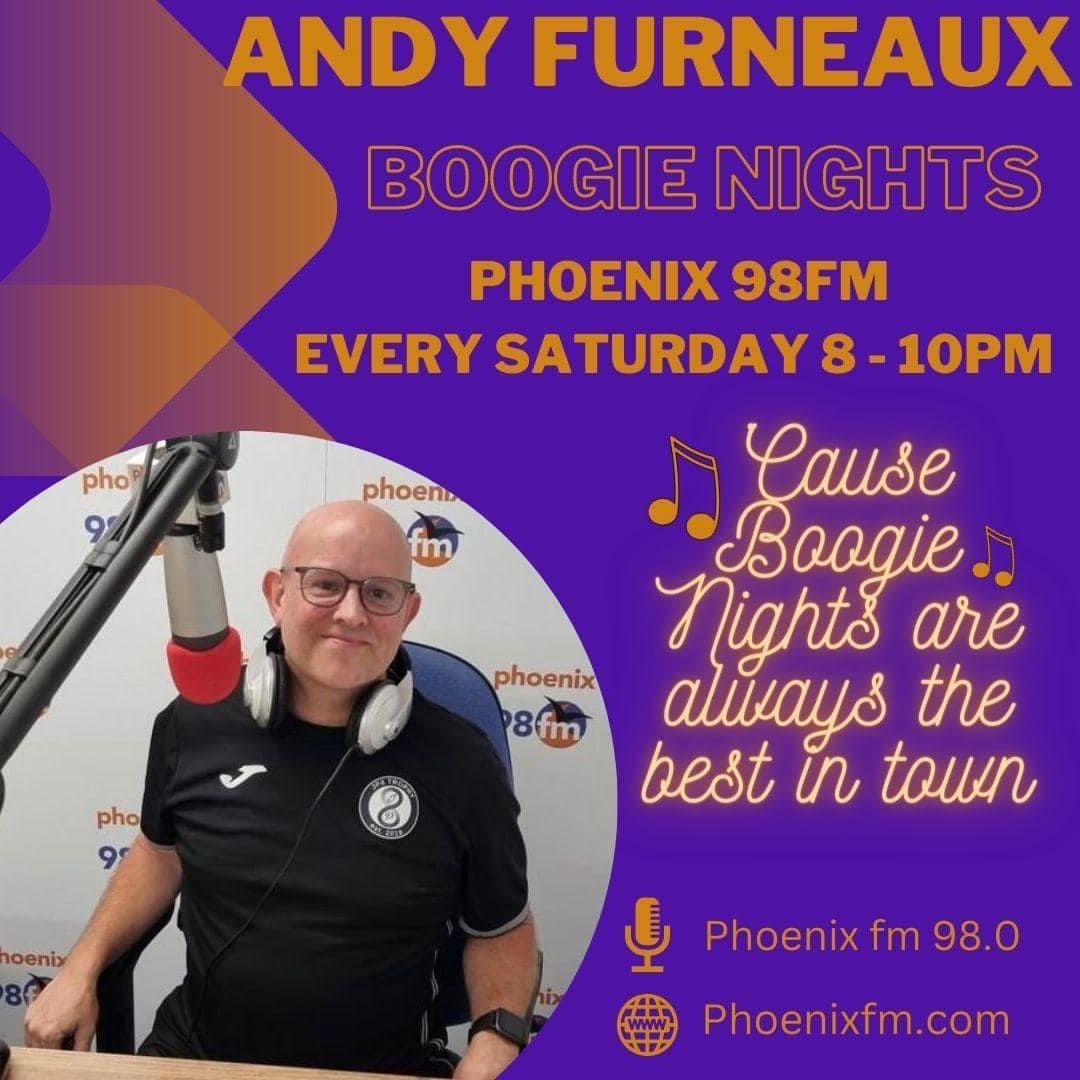Broadband is something that nearly everyone uses, but does anyone actually get it? We know it sounds overly complicated – not least because of all the tech jargon used to explain it – but that doesn’t need to be the case.
That’s why we’re cutting through the noise and keeping it simple with our ‘no-nonsense’ guide to all things broadband.
- Full fibre broadband
This is also known as Fibre to the Premises (FTTP) or Fibre to the Home (FTTH) – see we told you that it’s complicated for no reason.
Full fibre refers to the use of brand-new fibre optic cables, and nothing else. You can wave goodbye to the old copper cables and those big green cabinets on your street because full fibre providers will install a dedicated connection directly into your home. This means your broadband speeds are likely to be lightning years ahead of your existing services.
- Part fibre broadband
This is exactly what it says on the tin. It is sometimes referred to as ‘standard fibre’ or Fibre to Cabinet (FTTC). This is where fibre optic cables carry the connection most of the way to your street cabinet, and then old copper cables finish the journey into your home. The use of traditional cables will, of course, mean that some speed is lost along the way.
- Fibre to the X (FTTX)
This just refers to all types of fibre infrastructure and is also referred to as ‘fibre in the loop’ – meaning optical fibre is used in delivering either all or part of the connectivity.
How is full fibre installed?
Telecom providers – including ourselves – will install a brand new fibre cable either overhead or underground and connect it directly to your house. Engineers will also need access inside your property to set up your router and will even help you to connect your devices, like laptops, phones and tablets, to your new internet connection.
With all of our flexible packages, we offer free installation worth £250, so you don’t need to go it alone.
What is good broadband speed?
More and more people are concerned about the speed of their broadband. And if you ask other Telecom providers, anything between 10-25 Mbps is acceptable.
But if you ask us, anything less than 150Mbps isn’t good enough for the internet-reliant world we live in. That’s why this is the minimum speed we offer in our packages to customers.
What is superfast broadband?
Superfast is a broad term for broadband speeds which fall between 30Mbps and 300Mbps. This includes part fibre connections too, so superfast doesn’t exclusively apply to full fibre.
Whereas with BeFibre, we can assure you that you’re getting the best of the best. With packages ranging from 150Mbps to 900Mbps, we’ve got speeds to suit every household needs.
What is ultrafast broadband?
This offers speeds of 300Mbps or more. And the majority of our packages are ultrafast – yep you heard that right – boasting an average speed of 500Mbps with Be500 and a whopping 900Mbps with Be900.
How do you decide?
So, we can imagine the next question being ‘what type of broadband do I need?’. This completely depends on your needs as a household, including how many people live in your home, the number of devices you have, and what you’ll be using your internet for.
Perhaps you have an avid gamer in the family, or you love a Friday night movie marathon. This will naturally require more bandwidth than just your average email checking, and online browsing activity.
The good news is that we have a range of flexible packages that allow you to choose your own full fibre destiny – and we’ll keep track of your usage in case you’ve over estimated, so you’ll always get the fastest speeds at the best value.
BeFibre is changing the status quo when it comes to broadband. Our super and “ultrafast” services go way beyond speed alone, so go ahead and check if BeFibre is available in your area, here.
*All references to how many times faster our broadband service is, depends on you being able to access ‘superfast’ type broadband services of 70Mbps (or less) and selecting one of our packages at the advertised speed. Speeds shown may be affected based on the placement of the router in your property or the device you are using.







